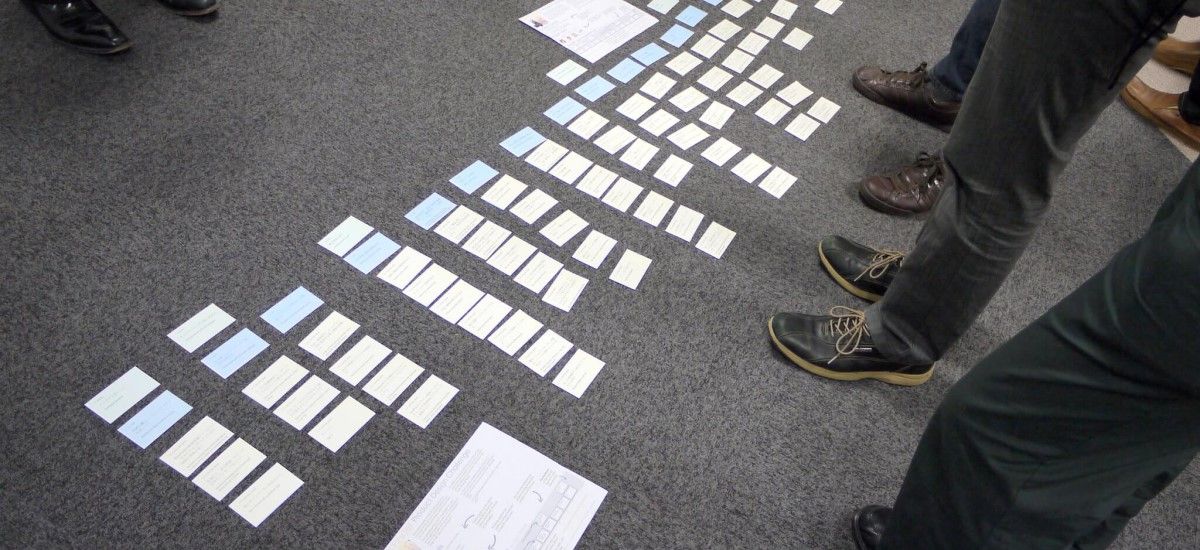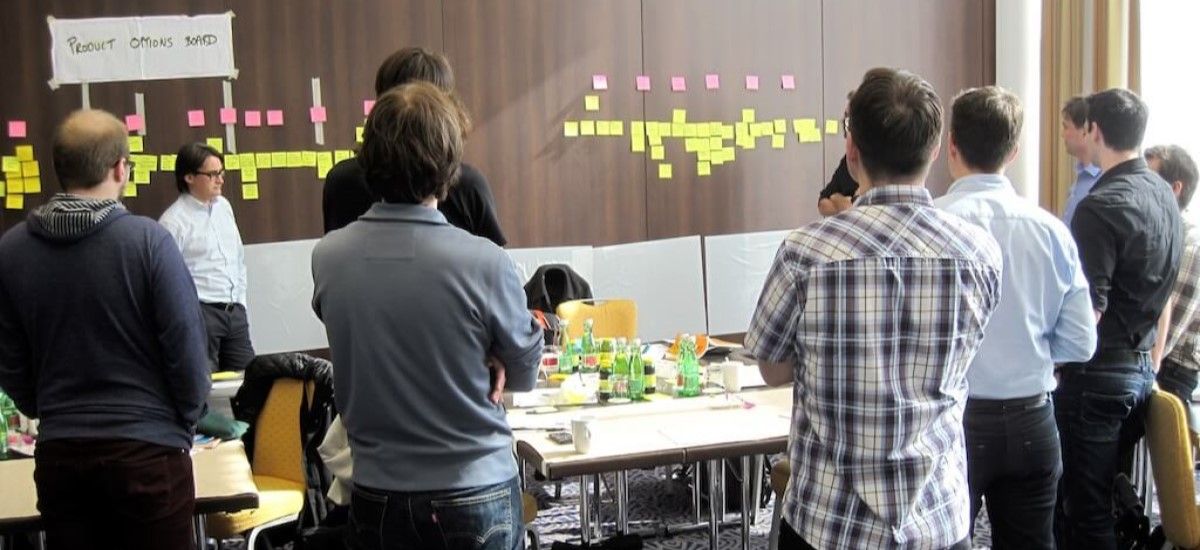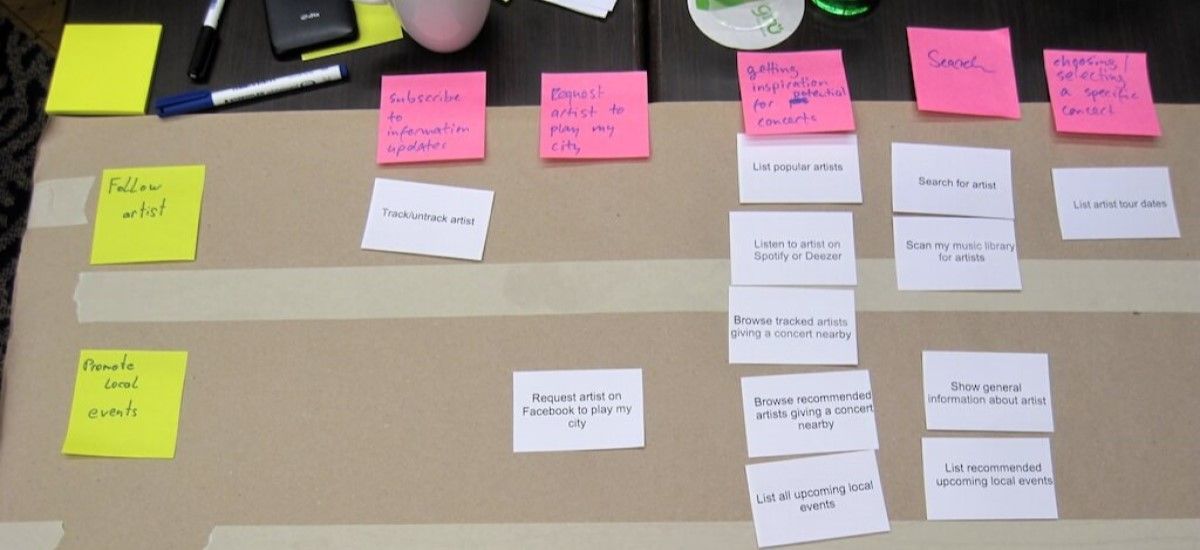How to Write a Perfect User Stories for Great Project Management

Complex functionality is the thing, laying underneath any app, even the one that seems a simple one. App users and the admin perform various actions and each of them has to lead to a certain expected result, defined beforehand.
This approach is called user-centric. Its main advantages include the higher ROI in the future and higher customer satisfaction rate. But what is meant under a good user story and how to create it? Let’s have a look.
In the article, we will go through all the steps and will not miss a single thing. Knowing how to create a proper user story helps to interact with the team in an efficient manner, implementing an actionable approach towards development. Another point to consider is that the user stories are easy to understand. It means that not just the developers, but non-technical staff and the rest of the team members will be on the same page when it will come to the development process. In turn, it will make your results monitoring easier and more mature.

User story template: a guide to user-centricity
What is a user story? To make it simple, a user story is just an easy-to-understand description of the app’s features. There should be three basic elements in any user story:
- The user, performing the action
- The action itself
- The value or the benefit the action brings being executed.
A user story is a brief description of a piece of work that will be done during one sprint. For example, a user story can be like that:
As an app user, I can set a secret question for resetting the password so a higher level of account security will be reached.
Now, let’s have a look at the mentioned steps and the user story example and compare them.
The user: the app user.
The action: set a secret question for resetting the password.
The value: improving the security level of the account.
Have you noticed any technical points here? Not a single one. So both the Product owner and the technical staff will get the idea. User stories allow the Product owner to transfer their ideas to the team in a more clear manner. As a result, the team starts to understand the product better. However, the creativity increases simply because there are no boundaries of how exactly the feature will be implemented and the action performed.
User Stories approach each action, performed by the user or admin, in a step-by-step mode and have an iterative nature. It is the main reason why they are called Scrum User Stories
There are 6 attributes of a good user story, suggested by Bill Wak. It is shortened to INVEST and include the following points:
Independent: Stories are independent, any dependence is a potential weak point of the app.
Negotiable: No strict requirements in Stories. Always mind room for creativity and discussion.
Valuable: Value to the end-users is the thing that matters. The higher the value - the higher the priority.
Estimatable: to ensure hassle-free development all the user stories should be easy to estimate.
Small: adjust the size of the story not just to the team experience but to the available tools as well.
Testable: Any Story has to be easy to test and the scheduled tests have to be passed.
Before moving forward let’s have a closer look at another concept if everything is clear enough with the user stories.
Epic is a body of work to untie Related Stories. There’s a significant difference between the Story and Epic:
- Epic: managing placed orders
- Story: the end-user wants to see the order details
- Story: the admin sends notifications to the customer about the order status.

The benefits of creating user stories
We have mentioned the benefits for the Product Owner and the Team above, but to understand the topic it’s necessary to have a closer look at the matter.
Better communication
Do you know what is the main pain point for the clients according to the independent survey? Poor level of communication with the development team. Not surprisingly, the dev teams named poor communication with the client among their own pain points too.
Of course, a team needs a clear description of what the client wants. But the thing is, the client can be not sure himself or simply feel uncomfortable with the slang used in IT. It leads to the situation where precious time is lost and the outcome does not meet the expectations even close.
Here the User Stories come. They are clear and simple to get, so all the participants of the development process can get a correct vision of the final product and the features to be implemented.
Easier planning
As we have already mentioned, one of the main features of a good user story is it's being easy to implement during one sprint and it also should be estimable.
It leads to more efficient planning of all the work processes in general. The tasks can be also prioritized better, along with risk decrease. It all leads to a better organization of the work process when a deadline can be met in a steady manner.
Agile user story
If you prefer to do things step by step, the agile methodology will first for you best. The issues can be easily eliminated on the go simply because each stage of the development is processed with maximum attention to the matter.
A great advantage of agile User Story is that it’s not a mandatory requirement to have them all listed at once. On the contrary, one can easily start with just one and write more as the sprint goes. If such an approach is used the developers can fix any issue immediately on the earliest stages of the development process or implement any change.
How to write a good user story
When we made it clear what the User Story actually is, let’s have a look at a short guide of how to create a good one.
User story template
There are a lot of templates on the web, so we have just collected a couple of the most appropriate ones.
- As a [user] I want to [action] to [value]
Example: As a user, I want to add products to the cart so I can buy them immediately.
- [User] does [action] to [value]
Example: Admin blocks inappropriate messages to provide a better experience for other users.

User story mapping
Of course, just a template is not enough. To make a User Story helpful one should have a clear vision of the steps which have to be taken to make a User Story a really efficient tool.
Users and their needs are in focus
User stories should offer value to the users. The only way to achieve it is to be initially oriented on your target audience, end uses, and their needs.
It is important to have in mind that under “users” we mean not just external ones (en users) but internal as well (admins).
Because you are writing user stories you need to know your users and their needs, otherwise, you will not be able to offer them any value. Seems too complicated? Don’t worry, create a persona and try to make a portrait of each, as well as guess their needs.
The most important thing which has to be kept in mind any single second is that your app and any taken action while using it should bring value for all the categories of users. It is the case when guesswork does not do at all. Go out of your shell, start communicating with people so you get the solid proofs.
Define the actions
Ok, the portrait of the end-user is ready. What’s next? In two words, it’s time to make a list of possible actions which a user can take in case he wants to get any value.
Don’t forget the Golden Rule: one story - one action. (Hint: in other cases, you are developing an Epic, not a user story). As we have mentioned, it's not an obligation to rush and add to the list all possible actions. Begin with the most critical ones and develop the app’s functionality step by step.
Brainstorm always works
User Stories are just beautiful - they provide a lot of room for creativity either for the team or for the client, so the feature can be implemented in the best possible way.
When you feel that the list of actions is ready, the users are ready and are ready for communication, arrange a meeting and discuss how the ideas will be brought to life.
But what about my KPIs?
Any User Story is built around the value. That is why they affect the level of customer satisfaction most. Engagement increases, conversion rises when the retention rates decrease, so the KPI, in general, becomes higher.
Wrapping up
Of course, there’s a lot to think about. But when it comes to the action, it turns out that it’s much easier to write aUser Story than it sounds. If you want to get the maximum out of it, concentrate on finding a reliable development company working on Agile methodology. In this case, you can be sure of the quality of the end product, as well as about the management processes during all the stages of the SDLC.
In Celadon, we follow the rule, according to which the User Stories are written at the very beginning of the product development, in case the client did not write them on his own In any case, we are open to conversation, so the work process is end-to-end transparent and clear. It also helps us to be 100% sure that the vision of the project is the same for all the team members and the Product Owner as well.